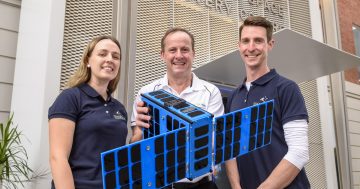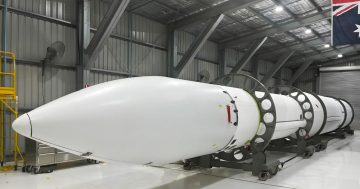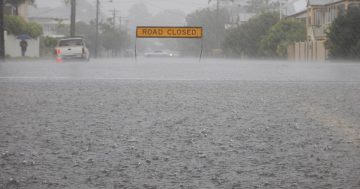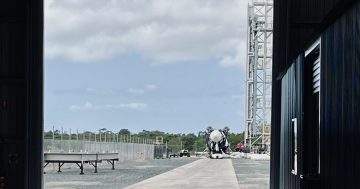 Australia’s Bureau of Meteorology (BoM) has hitched a ride on an international space program sending six satellites into orbit to set up a network of transmitters improving the world’s weather forecasts and space weather monitoring.
Australia’s Bureau of Meteorology (BoM) has hitched a ride on an international space program sending six satellites into orbit to set up a network of transmitters improving the world’s weather forecasts and space weather monitoring.
The satellites are known as the Constellation Observing System for Meteorology, Ionosphere and Climate (COSMIC-2) and were launched last week from Cape Canaveral, Florida, aboard a SpaceX Falcon Heavy rocket.
The mission is expected to bring major benefits to Australia, including better storm forecasting, especially in warm, tropical areas near the equator.
Chief Data Officer at the Bureau, Anthony Rea said BoM’s technical experts would be working closely with international partners to monitor the COSMIC-2 satellites from the Bureau’s ground station in Middle Point, Northern Territory.
“The Bureau has a large network of ground stations from which we can send and receive signals from satellites,” Mr Rea sad.
“This enables us to make a valuable contribution to international space missions, such as COSMIC-2.”
He said the launch was the culmination of years of planning and cooperation between agencies including BoM, the Taiwan National Space Organisation, and US Agencies the National Aeronautics and Space Administration and the National Oceanic and Atmospheric Administration, as well as many others.
“Each COSMIC-2 satellite, roughly the size of a standard kitchen oven, carries a precision GPS receiver that allows us to determine atmospheric density, temperature, pressure and moisture,” Mr Rea said.
“They also carry three instruments that detect electron density and other space weather information in the ionosphere, as a secondary payload.”
Unlike the first COSMIC mission launched in 2006 with its satellites orbiting the Earth in nearly polar orbits, the COSMIC-2 satellites will orbit near the equator, taking measurements of the tropics and sub-tropics, and monitoring the ionosphere for the effects of solar storms.











